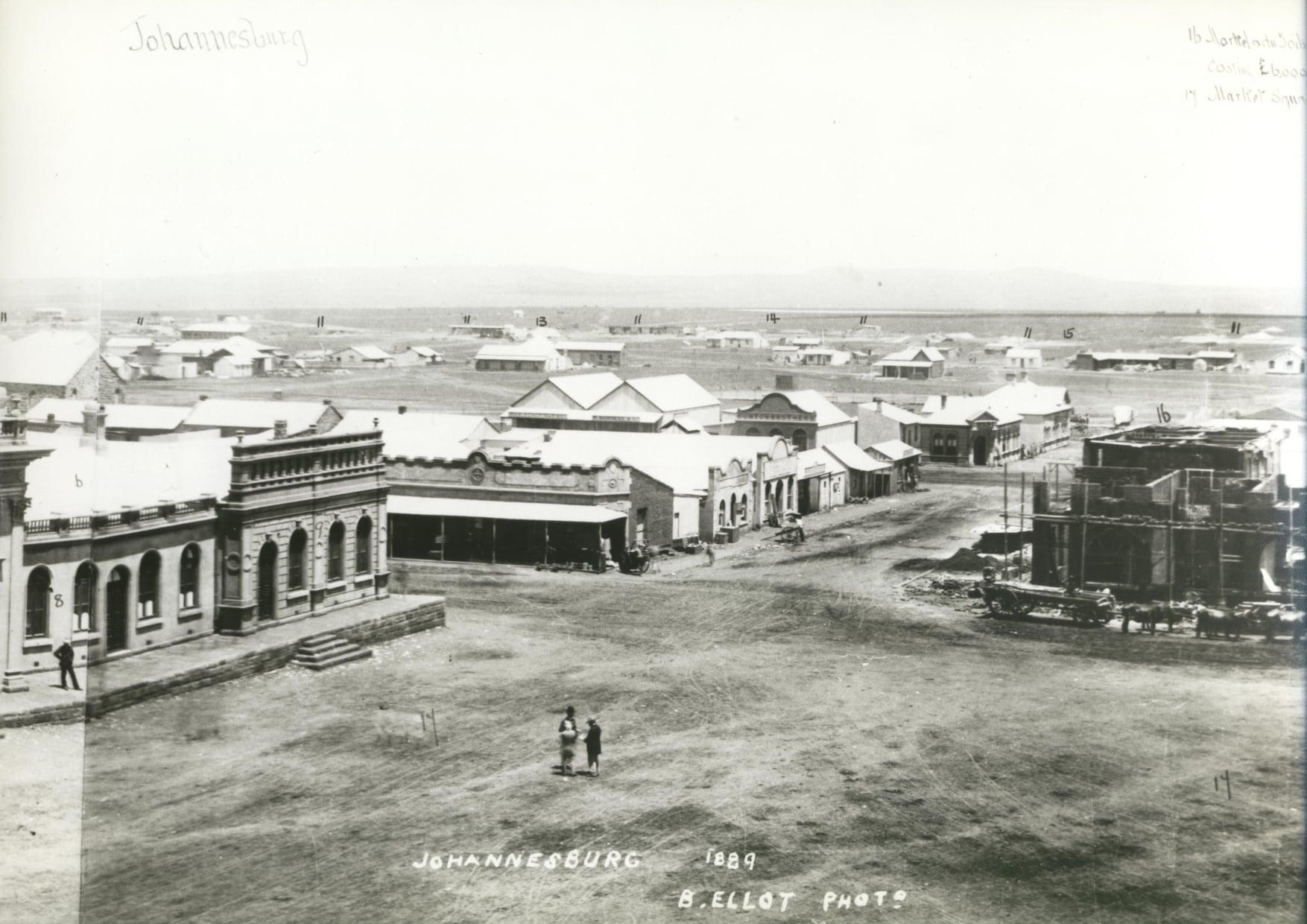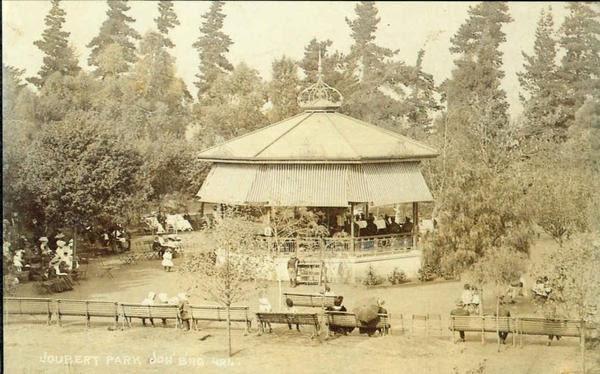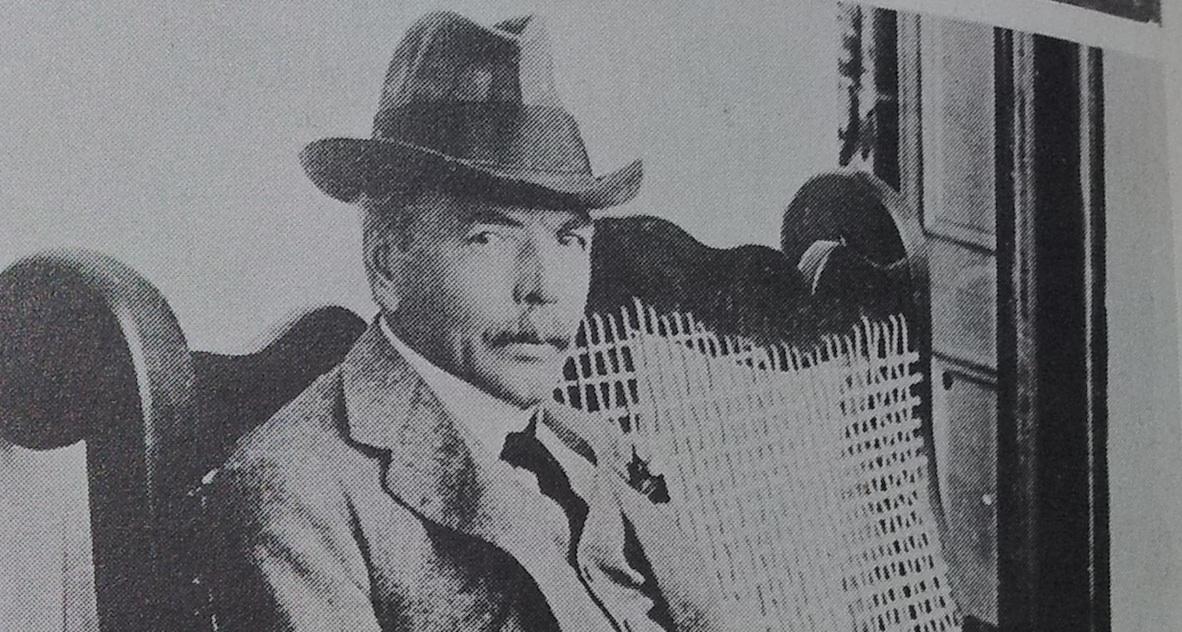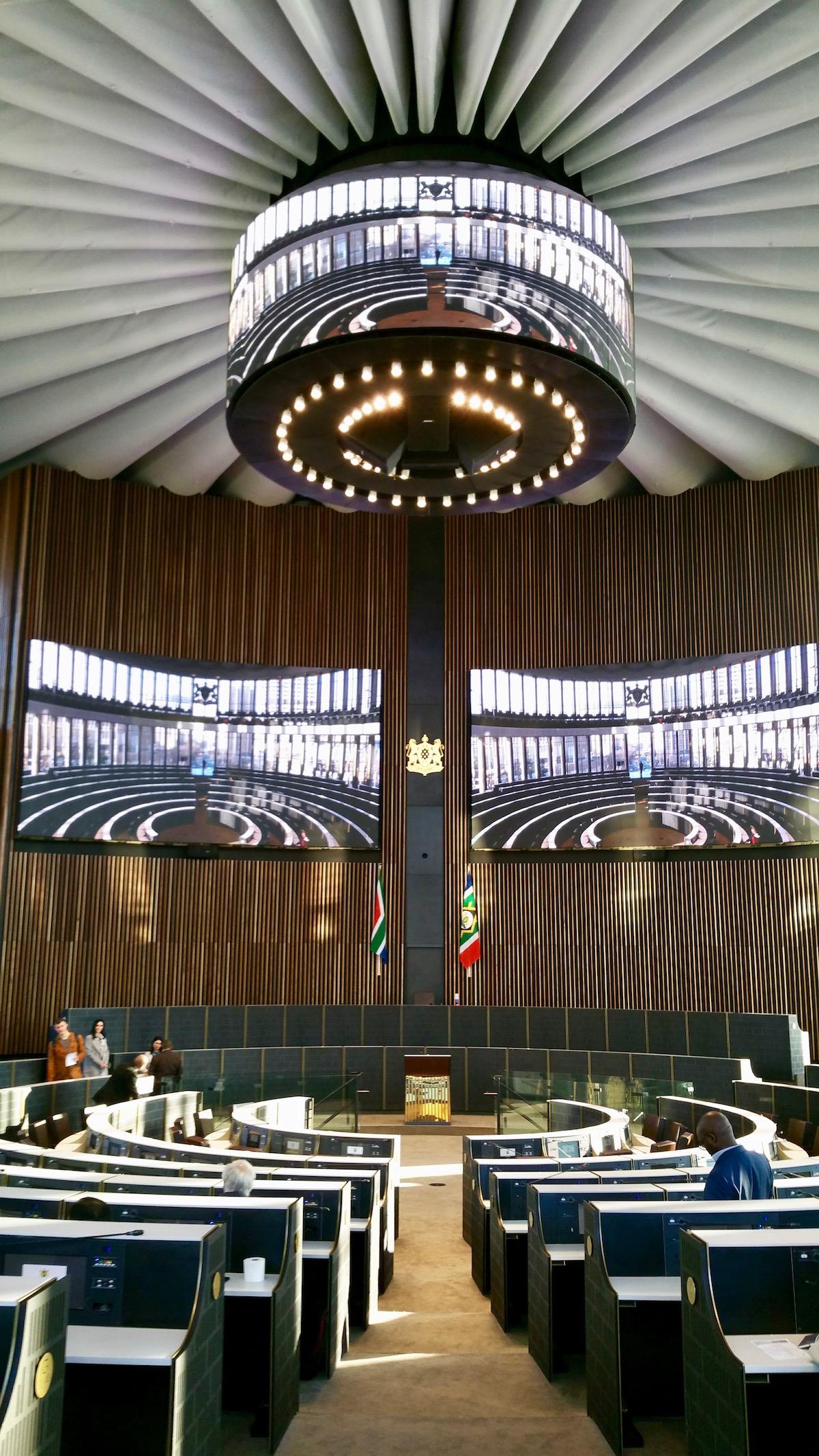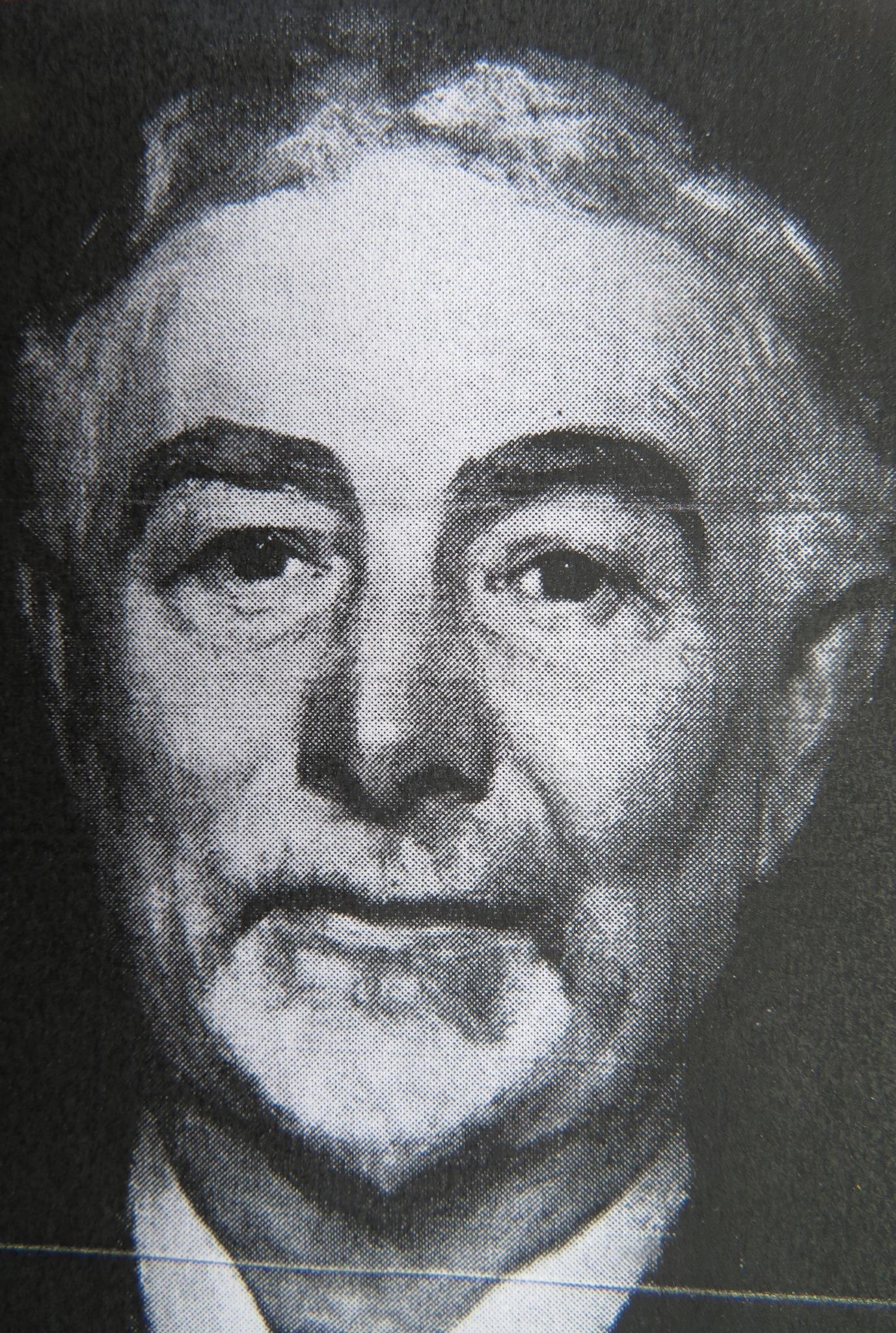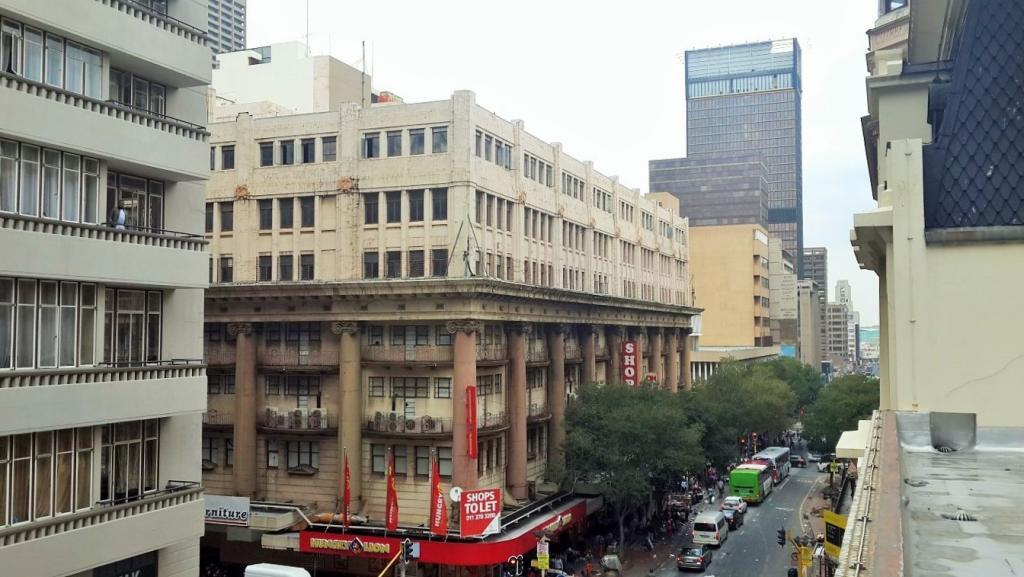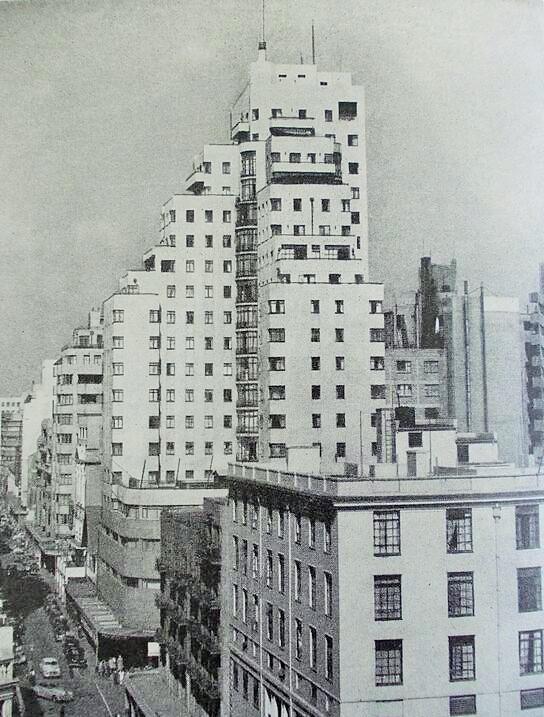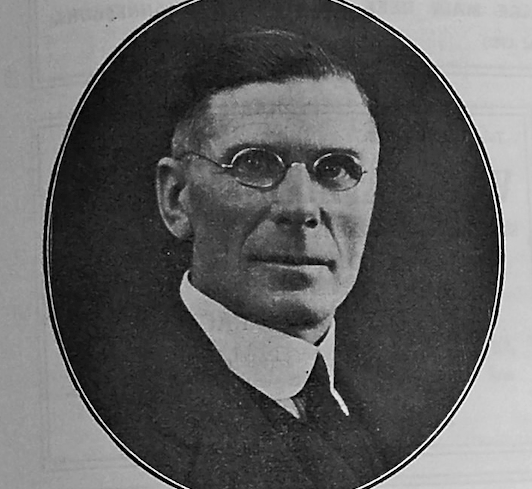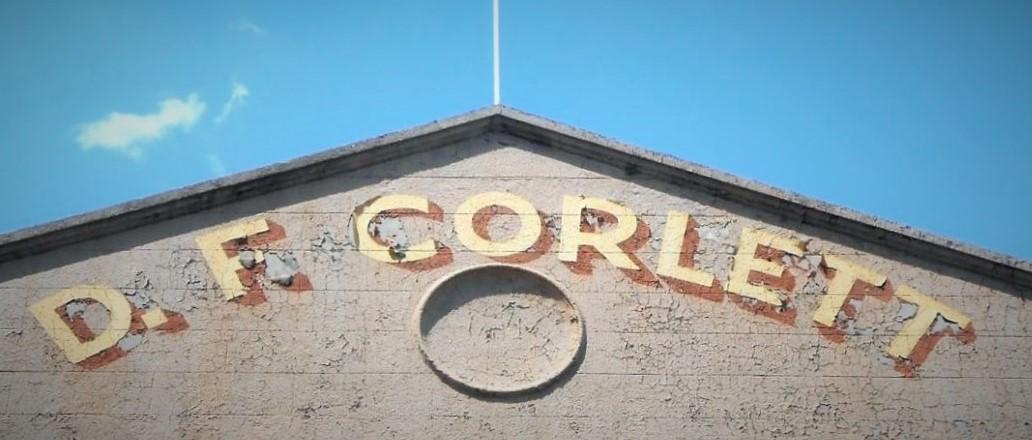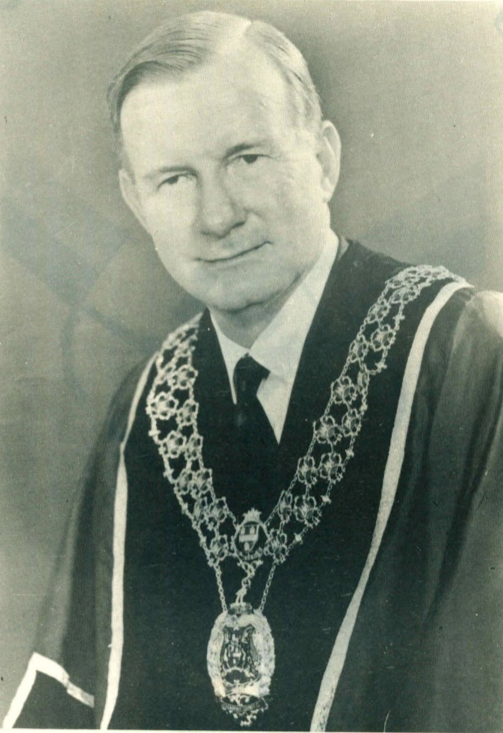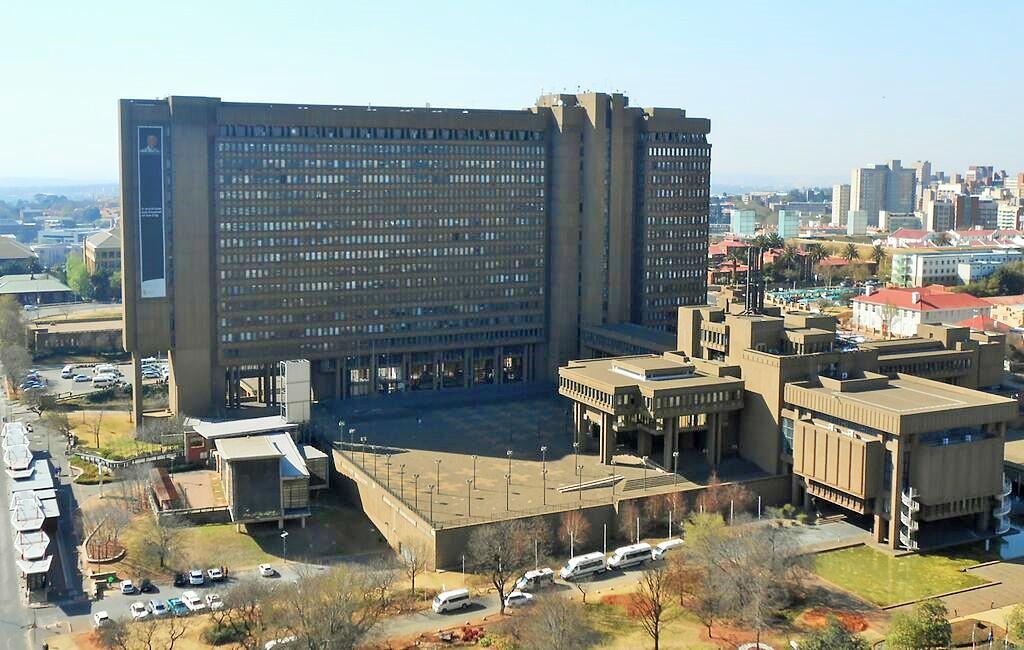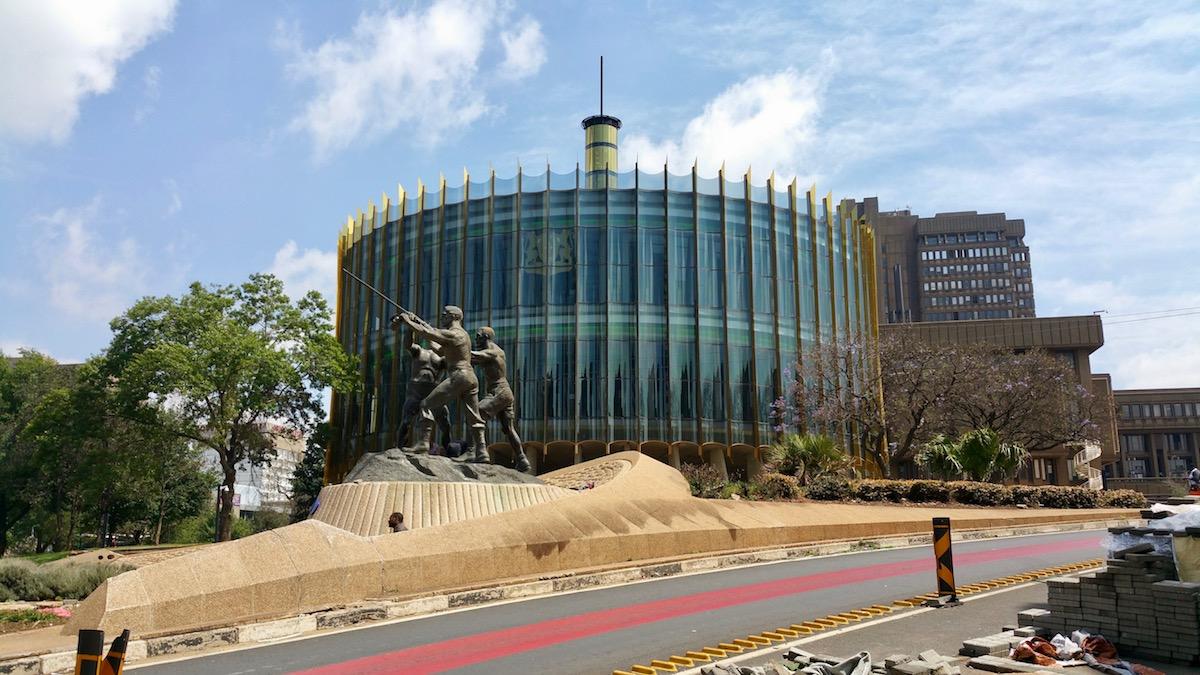
Disclaimer: Any views expressed by individuals and organisations are their own and do not in any way represent the views of The Heritage Portal. If you find any mistakes or historical inaccuracies, please contact the editor.
Johannesburg came into being on 20 September 1886 and took at least 10 years to resemble something that could be called a town. It took another year before the first mayor, a magistrate, was appointed. The city has had a host of interesting mayors - bakers, drapers, estate agents, grocers, oculists (opticians), builders and a housewife.
Early Johannesburg
Its first mayor was Johan Zulch de Villiers, inaugurated on 1 October, 1897.
De Villiers was, according to A concise historical dictionary of Greater Johannesburg, by Naomi and Reuben Musiker, not a resident Joburger – he arrived in the town on the day of his appointment. He had been special landdrost (magistrate) in a number of towns: Pretoria, Barberton, Lydenburg, and in Swaziland, between 1881 and 1897.
According to GA Leyds in A History of Johannesburg, De Villiers was “extremely popular with all sections, and during his regime, due to the tact and goodwill with which he performed his duties, combining his responsibilities to the Central government with his work for the Stadsraad, there were surprisingly few instances of serious friction in the working of municipal administration”.
De Villiers was born in Paarl in 1845, writes Leyds. He had a reputation of being “a reliable, honest and tactful official”.
In Johannesburg he lived at 22 Koch Street near Joubert Park, now the site of the Joubert Park clinic. For some time a portrait of him hung in the Rissik Street entrance to the City Hall, and Leyds says he often saw De Villiers in the town, and can attest to the portrait being an “excellent likeness”. De Villiers died in 1910.
Early postcard of Joubert Park
Housewife mayor
Jessie McPherson was the city’s only woman mayor, in office from 1945 to 1946. She arrived in the town as a two-year-old with her parents in 1903, and after finishing high school, she worked as a secretary. Her parents were members of the Labour Party and in 1928 she joined the party.
According to the Musikers, she was elected secretary and treasurer of the party’s Rosettenville branch, and in 1939 she won the Rosettenville seat in the city council. In 1945 she was appointed mayor.
The 1986 centenary publication, Johannesburg - One Hundred Years, suggests that she was appointed mayor to celebrate the city’s diamond jubilee (60 years).
In 1933 she became a member of the party’s national executive and in 1946 she was elected chairman.
The Musikers write: ”Under her leadership, the party adopted a progressive policy. She also played a decisive role in the South African trade union movement.”
She was very active. “She addressed meetings, participated in strikes, attended trade union conferences and sat on conciliation boards . . .”
In 1946 she was physically attacked for her “forthright views” which made her “unpopular in conservative quarters”.
She was a founder member of the Springbok Legion (an ex-servicemen’s union representing the cause of black servicemen returning from World War 2, and later mobilising blacks and whites against the Nationalist government).
“She was also a determined advocate of women’s rights, maintaining that women should play a greater role in politics.”
She eventually retired to Amanzimtoti in KwaZulu-Natal, where she became a councillor and later deputy mayor from 1965 to 1968. She managed to improve wages for council employees during her term. In 1978 she left for Britain, where she died.
'Stand’ town
As the town grew, with prospectors arriving each day, President Paul Kruger and his Volksraad (government) in Pretoria became more and more uneasy with these uitlanders or foreigners in their midst and tried to delay giving them any real power for as long as possible.
From the beginning Joburg was called a “stand” town, where residential stands could be acquired on a 99-year leasehold, according to Johannesburg - One Hundred Years.
In November 1886 a Diggers’ Committee of nine members was formed, but with no significant powers. A year later a Health Committee was created, and the two committees tried, with limited power, to develop the town.
A town engineer, W Miles, was appointed in 1889, and he formed the town’s first fire brigade. The Pretoria government gave concessions in lieu of real power: for street lighting, water supplies and sanitary services.
But the concessions were open to abuse, and tension was building between the Transvaal burghers and the foreigners, who soon outnumbered the former. Kruger constantly worried, with just reason, about the imperial ambitions of the British government, which eventually led to the South African or Anglo Boer War of 1899-1902. After the war the British annexed the Transvaal.
But the spark that finally led to the first Town Council of Johannesburg was the Jameson Raid of 1895/96. Dr Leander Starr Jameson led a group of over 500 men with the intention of taking control of the town, but was met and overpowered by the burghers in Krugersdorp, 30 kilometres north west of the town.
Still the Volksraad resisted giving Joburgers independence, waiting another two years, but finally on 1 October 1897 the first town council was appointed, and the town got its first mayor.
Dr Leander Starr Jameson
Wards
The town was divided into 12 wards, each ward consisting of two councillors, one of which had to be a Transvaal burgher, giving the burghers “a power base out of all proportion to their numbers”, according to Johannesburg - One Hundred Years.
But the tensions were eased by De Villiers, described as “a tactful man”, who strove to consider all views on merit. Most Johannesburg mayors had a short term of office – one year - but De Villiers was in office for three years, until 1900, testimony to his considerate approach.
Mayors of Johannesburg – 1897 to 2023
Here is a list of the city’s mayors, with a record in brackets of their occupations (as far as the mid-1950s), compiled by librarians at the Local Government Library.
Inside the City of Joburg's Council Chamber (The Heritage Portal)
- 1897 – 1900: Johan Zulch de Villiers (clerk, farmer, soldier, lawyer)
- 1901 – 02: Chairman of council W A J O’Meara (storekeeper)
- 1902 – 03: Chairman of council William St John Carr (director of companies)
- 1903 – 04: William St John Carr (director of companies)
- 1904 – 05: G H Goch (mine owner)
- 1905 – 06: J W Quinn (baker)
- 1906 – 07: W K Tucker (land surveyor)
- 1907 – 08: J Thompson (builder)
- 1908 – 09: C Chudleigh (draper)
Charles Chudleigh
Chudleigh ran a popular store on the corner of Eloff and Pritchard Streets (The Heritage Portal)
- 1909 – 10: H Graumann (financier)
- 1910 – 11: H J Hofmeyr (solicitor)
- 1911 – 12: J D Ellis (engineer)
- 1912 – 13: W R Boustred (merchant)
- 1913 – 15: N Anstey (draper)
Ansteys Building
- 1915 – 17: J W O’Hara (merchant)
- 1917 – 19: T F Allen (estate agent)
- 1919 – 20: G B Steer (fitter)
- 1920 – 21: J Christie (retail chemist)
- 1921 – 22: S Hancock (baker)
- 1922 – 23: L Forsyth Allan (barrister)
- 1923 – 24: M J Harris (architect)
- 1924 – 25: C Walters (brickmaker)
- 1925 – 26: E O Leake (building contractor)
- 1926 – 27: Alfred Law Palmer (stationer and printer)
- 1927 – 28: W H Port (wholesale merchant)
- 1928 – 29: W Fernhead (solicitor)
- 1929 – 30: D Anderson (builder)
- 1930 – 31: Geo W Nelson (oculist)
- 1931 – 32: D F Corlett (building contractor, master builder)
Corlett is commemorated in several places around the city
- 1932 – 33: B C Vickers (chartered accountant)
- 1933 – 34: D Penry Roberts (draper)
- 1934 – 35: Maurice Freeman (leather merchant)
- 1935 – 36: Maldwyn Edmund (chartered accountant)
- 1936 – 37: Donald W Mackay (music retailer)
- 1937 – 38: J S Fotheringham (director of companies, baker)
- 1938 – 39: J J Page (estate agent)
- 1939 – 40: T A M Huddle (director of companies)
- 1940 – 41: T P Gray (grocer)
- 1941 – 42: A R Thorburn (buyer for Anglo-Transvaal Consolidated Investment Co)
- 1942 – 43: L Leveson (solicitor)
- 1943 – 44: A S Holland (teacher, lecturer at Normal College)
- 1944 – 45: A Immink (accountant)
- 1945 – 46: Jessie McPherson (housewife)
- 1946 – 47: Jas Gray (analytical chemist)
- 1947 – 48: G B Gordon (director of companies)
- 1948 – 49: S P Lee (industrialist)
- 1949 – 50: J Mincer (director of companies)
- 1950 – 51: C F Beckett (builder and contractor)
- 1951 – 52: I E B Attwell (director of companies)
- 1952 – 53: H Miller (attorney)
- 1953 – 54: C J H Patmore (chartered accountant, director of companies)
- 1954 – 55: G J Beckett (builder)
- 1955 – 56: Leslie Hurd (estate agent and sworn appraiser)
- 1956 – 57: Max Goodman
- 1957 – 58: T Glyn Morris
- 1958 – 59: I Maltz
- 1959 – 60: Alec Gorshel
- 1960 – 62: D J Marais
- 1962 – 63: Keith J Fleming
- 1963 – 64: J F Oberholzer
- 1964 – 65: P M Roos
- 1965 – 66: Aleck Joffe
- 1966 – 67: B D Eagar
- 1967 – 68: C J Ross-Spencer
- 1968 – 69: I Schlapobersky
- 1969 – 70: P R B Lewis
Patrick Lewis
Lewis was influential in moving the City's administration from the old CBD to Braamfontein
- 1970 – 71: S Moss
- 1971 – 72: A Widman
- 1972 – 73: J C Lemmer
- 1973 – 74: A D Bensusan
- 1974 – 75: Harold Frank Dennis
- 1975 – 76: Max Neppe
- 1976 – 77: Monty Sklaar
- 1977 – 78: Martin Powell
- 1978 – 79: J S Otto
- 1979 – 80: J D R Opperman
- 1980 – 81: Carel Venter
- 1981 – 82: Cecil Long
- 1982 – 83: Danie van Zyl
- 1983 – 84: Alan Gadd
- 1984 – 85: Eddy Magid
- 1985 – 86: Ernie Fabel
- 1986 – 87: Harold Rudolph
- 1987 – 88: O H Fenn
- 1988 (March-Oct): J H van Blerk
- 1988 – 89: D J Neppe
- 1989 – 90: Koos Roets
- 1990 – 91: W G Janse van Rensburg
- 1991 – 92: E Kretmer
- 1992 – 93: J S Burger
- 1993 – 94: S Dishy
- 1994 (March-Nov): Dan Pretorius
- 1995 – 00: Isaac Mogase
- 2000 - 10: Amos Masondo
- 2011 – 16: Parks Tau
Parks Tau at the unveiling of the Shadow Boxer statue (The Heritage Portal)
- 2016 – 19: Herman Mashaba
- 2019 – 21: Geoff Makhubo
- 2021: Jolidee Matongo
- 2021: Mpho Moerane
- 2021 – 22: Mpho Phalatse
- 2022 – 22: Dada Morero
- 2022 – 23: Mpho Phalatse
- 2023: Thapelo Amad
Lucille Davie has for many years written about Jozi people and places, as well as the city's history and heritage. Take a look at lucilledavie.co.za.
Comments will load below. If for any reason none appear click here for some troubleshooting tips. If you would like to post a comment and need instructions click here.

